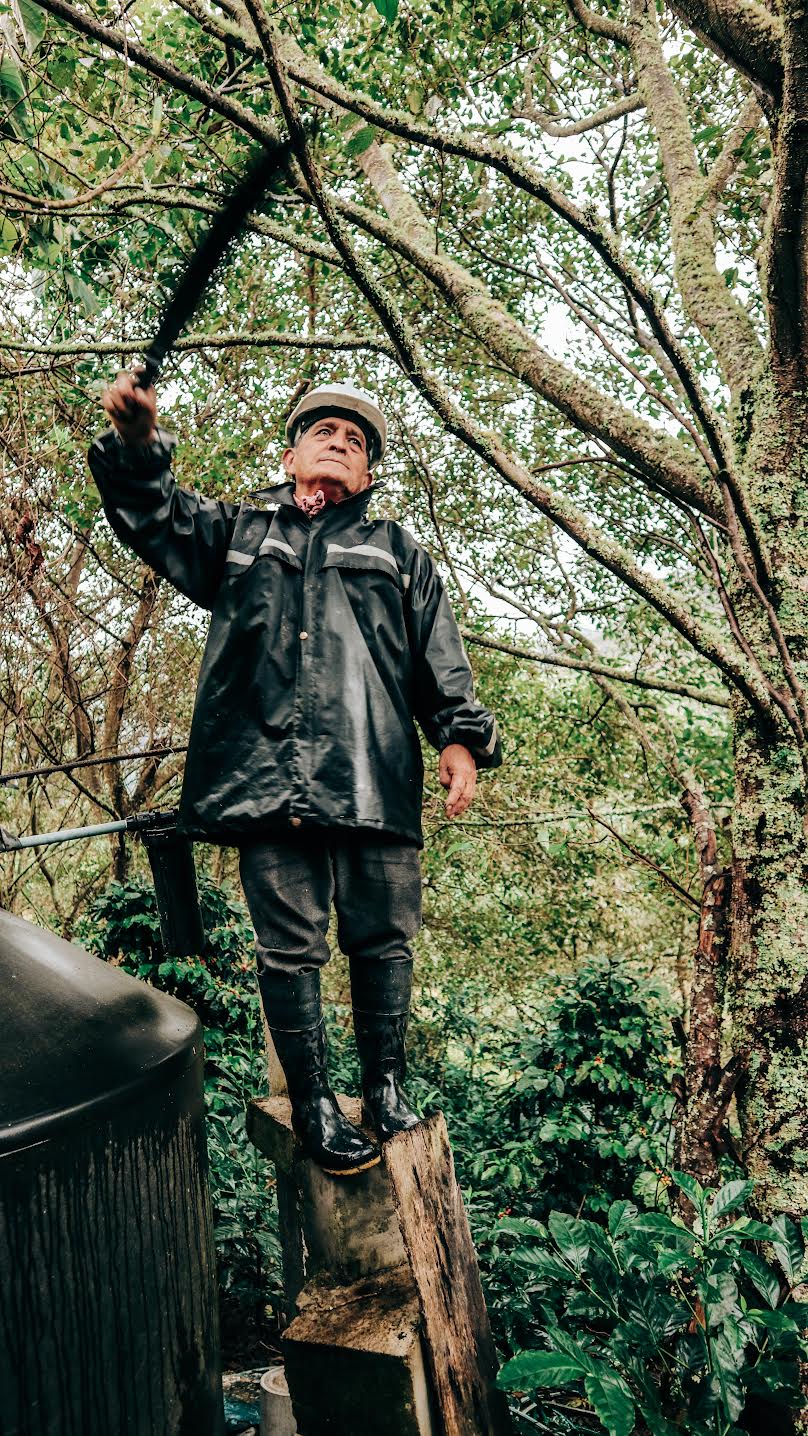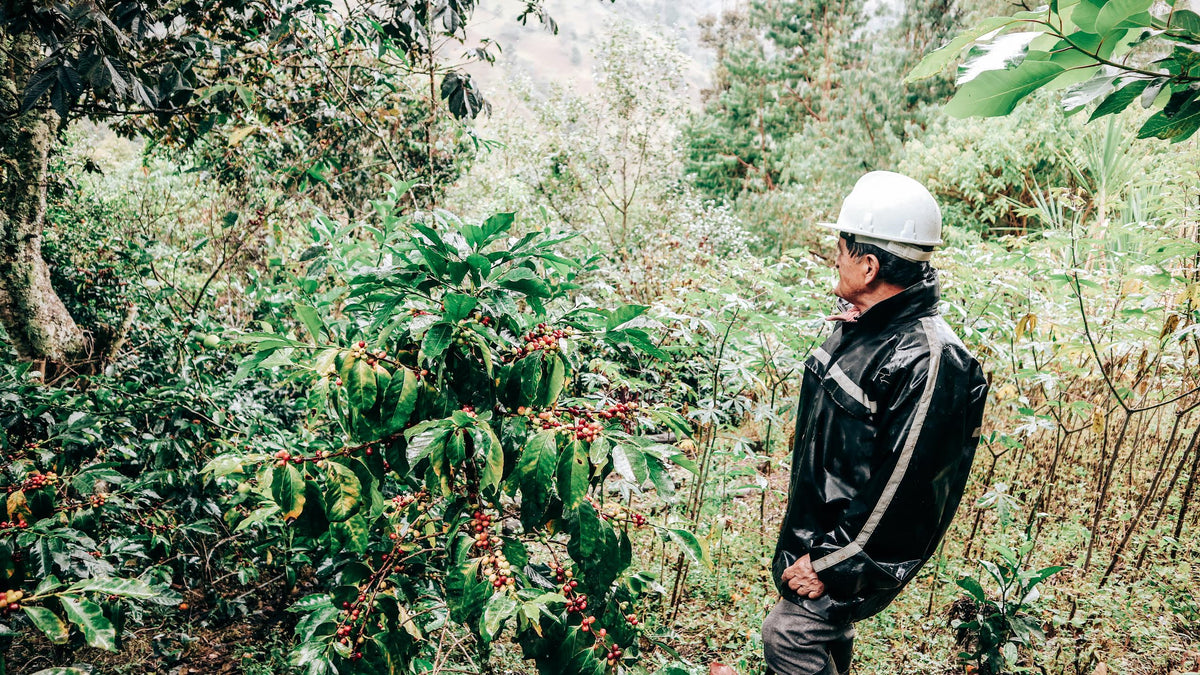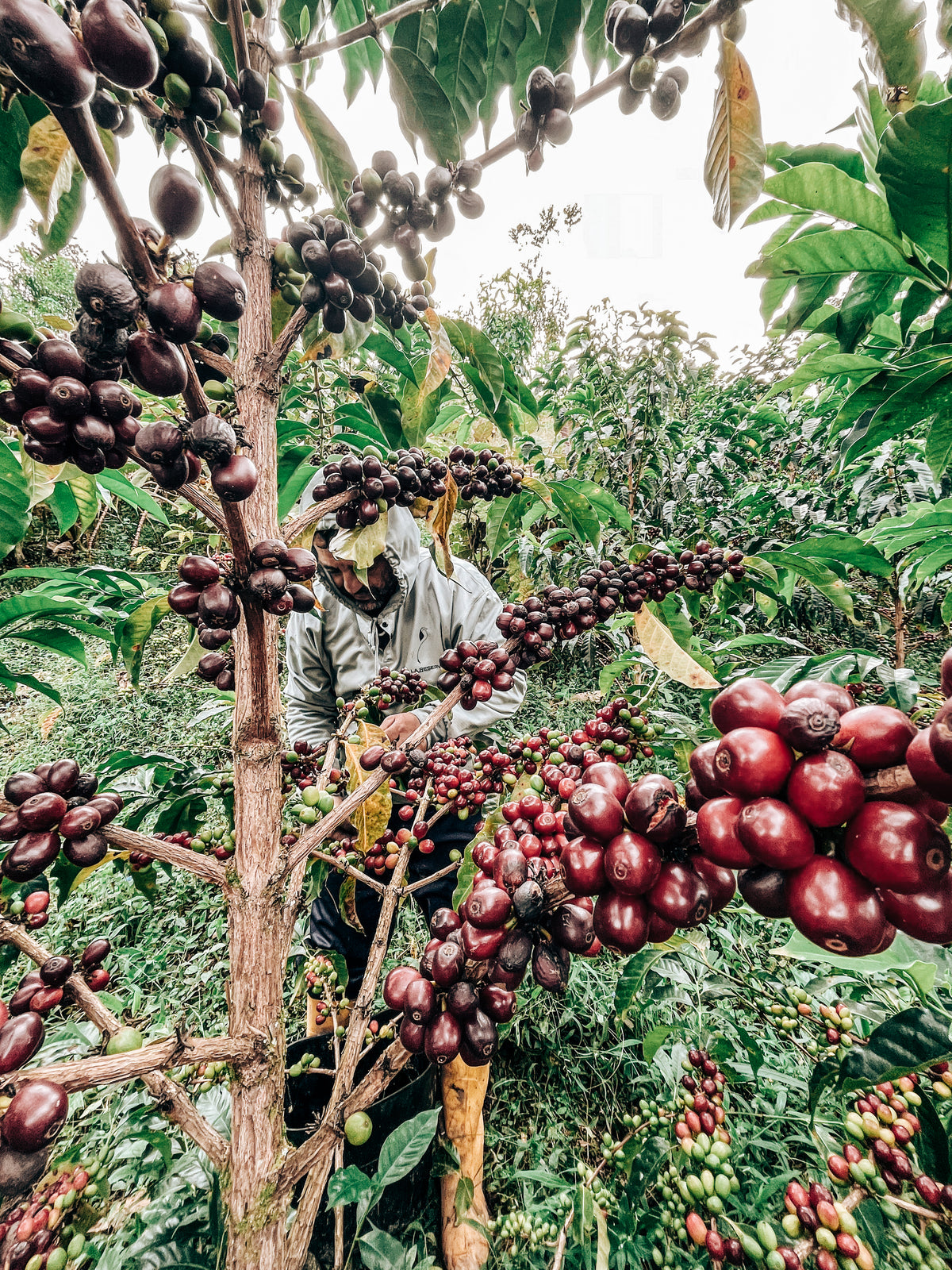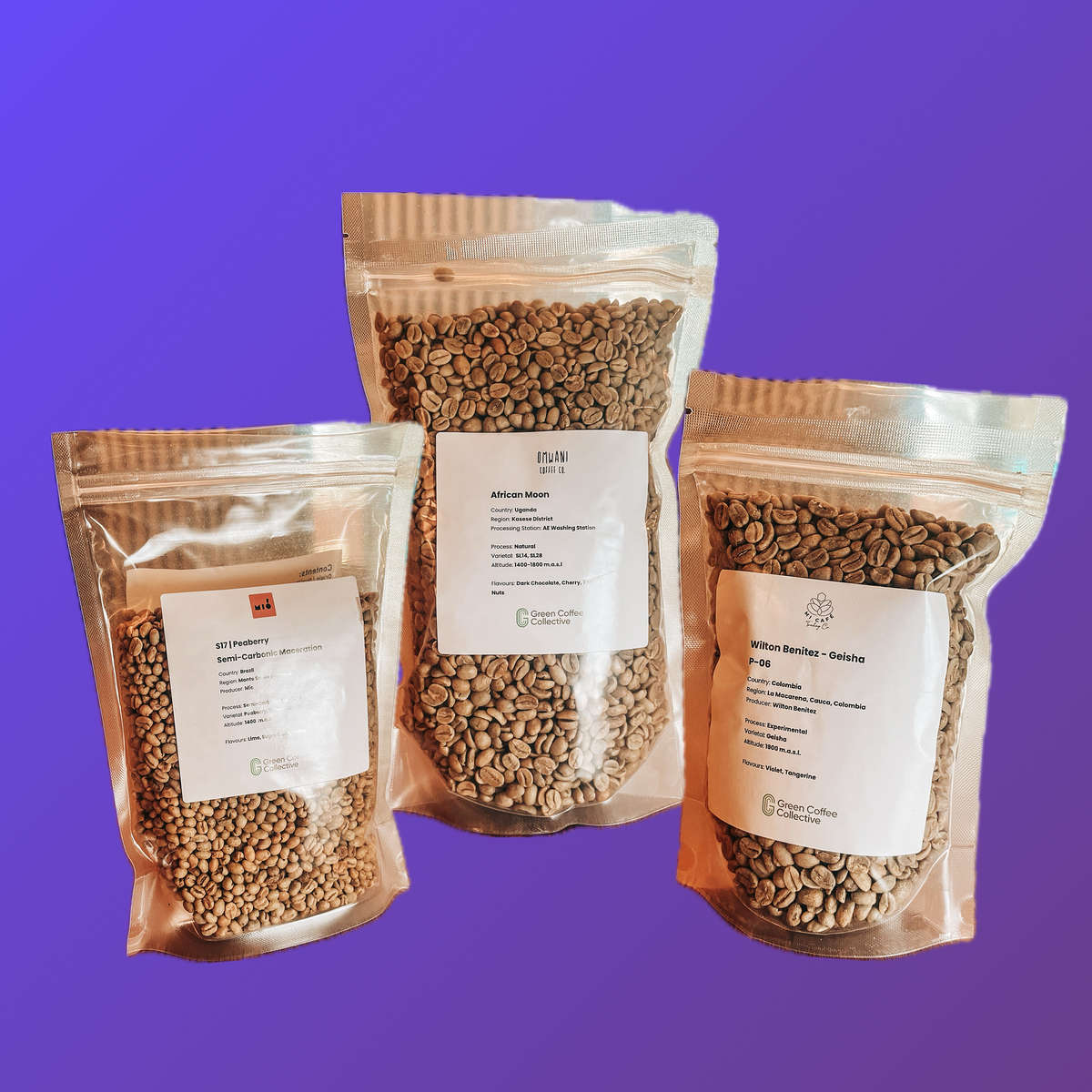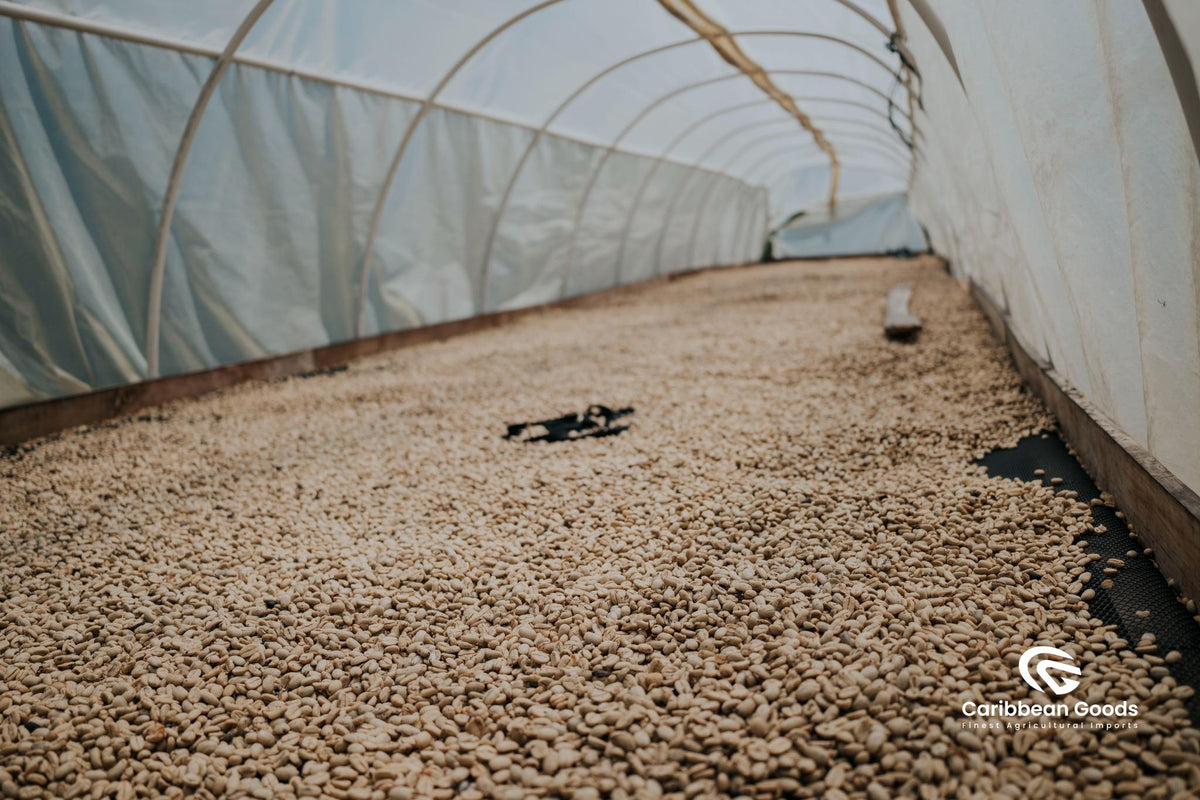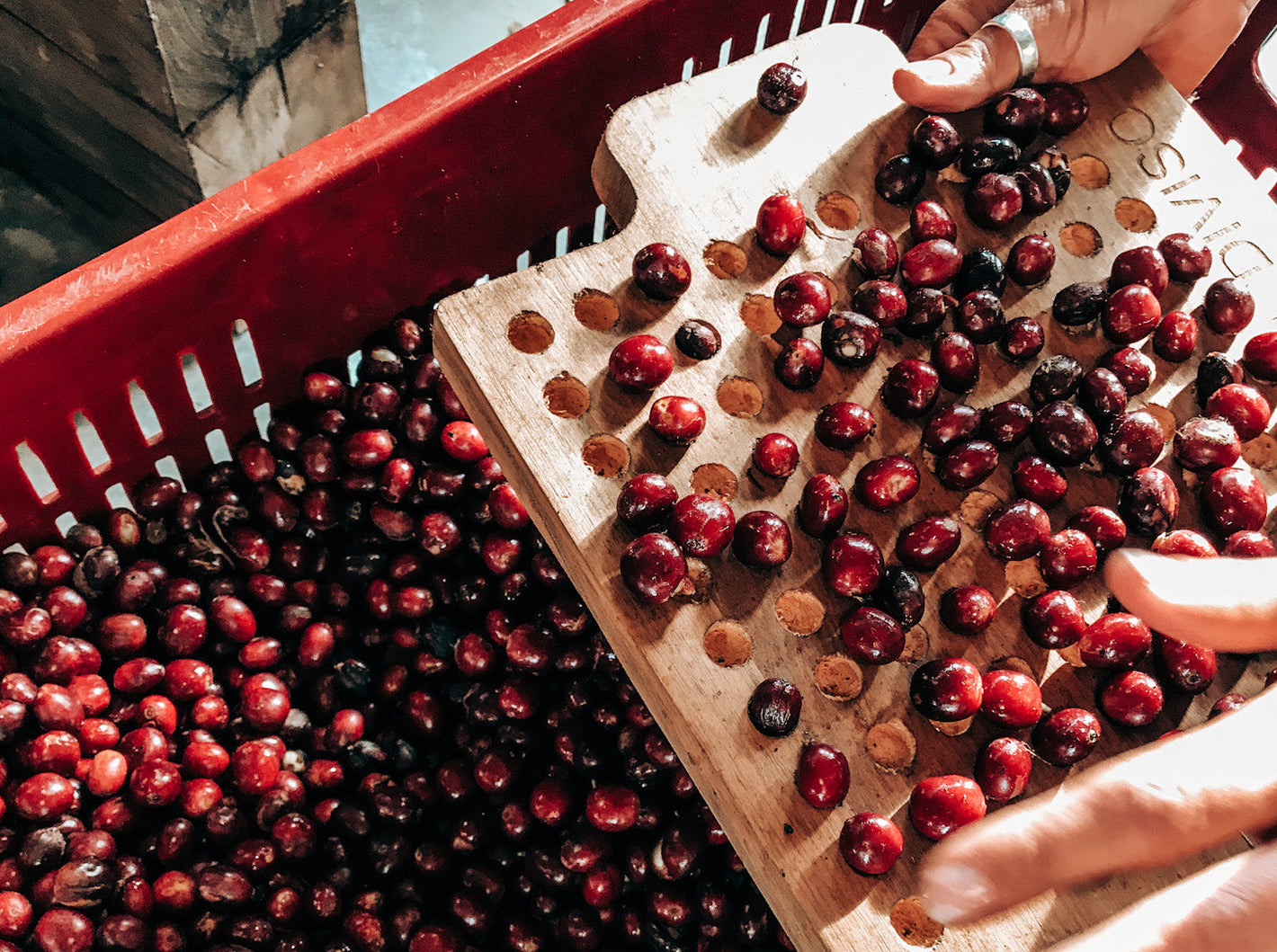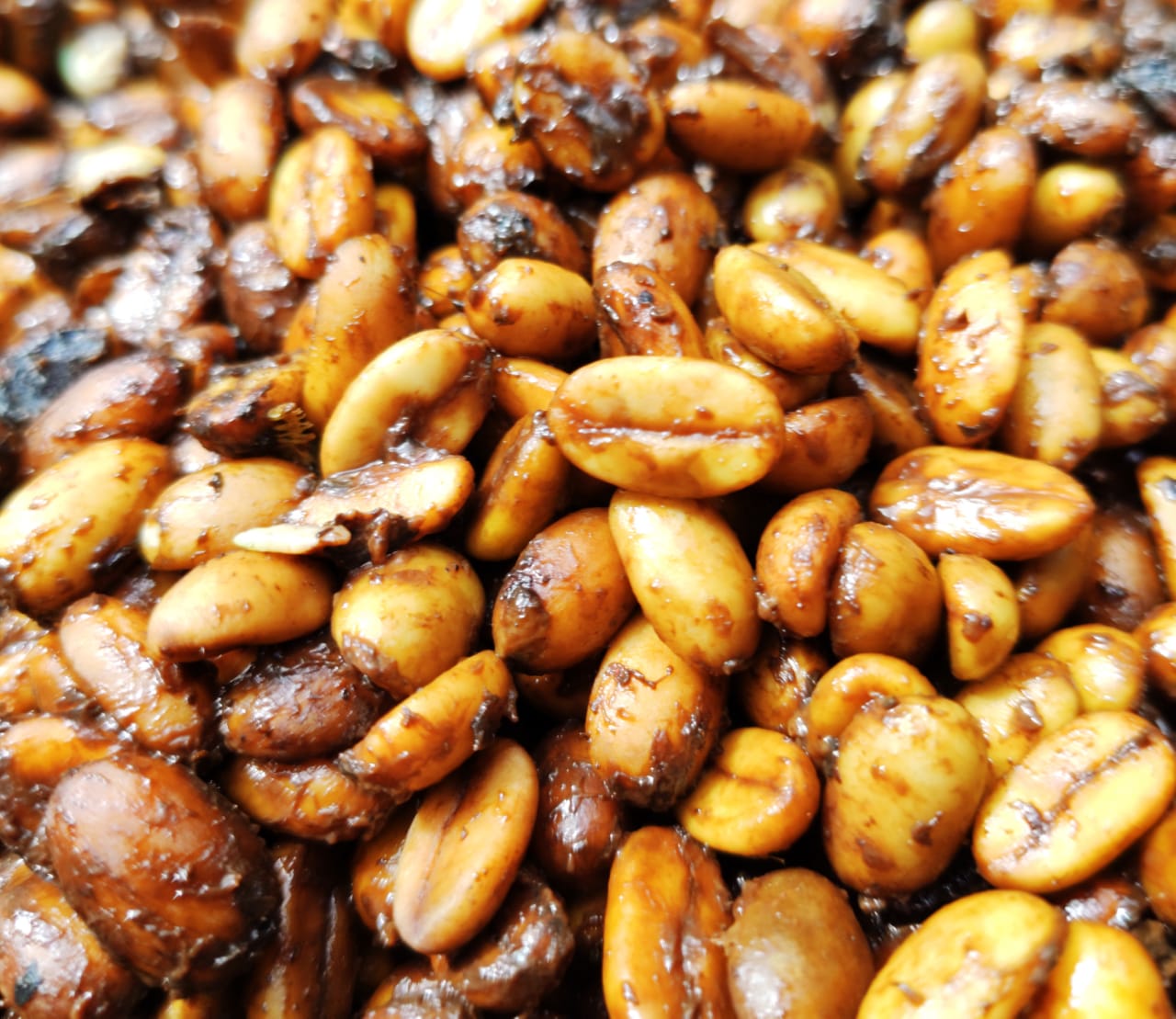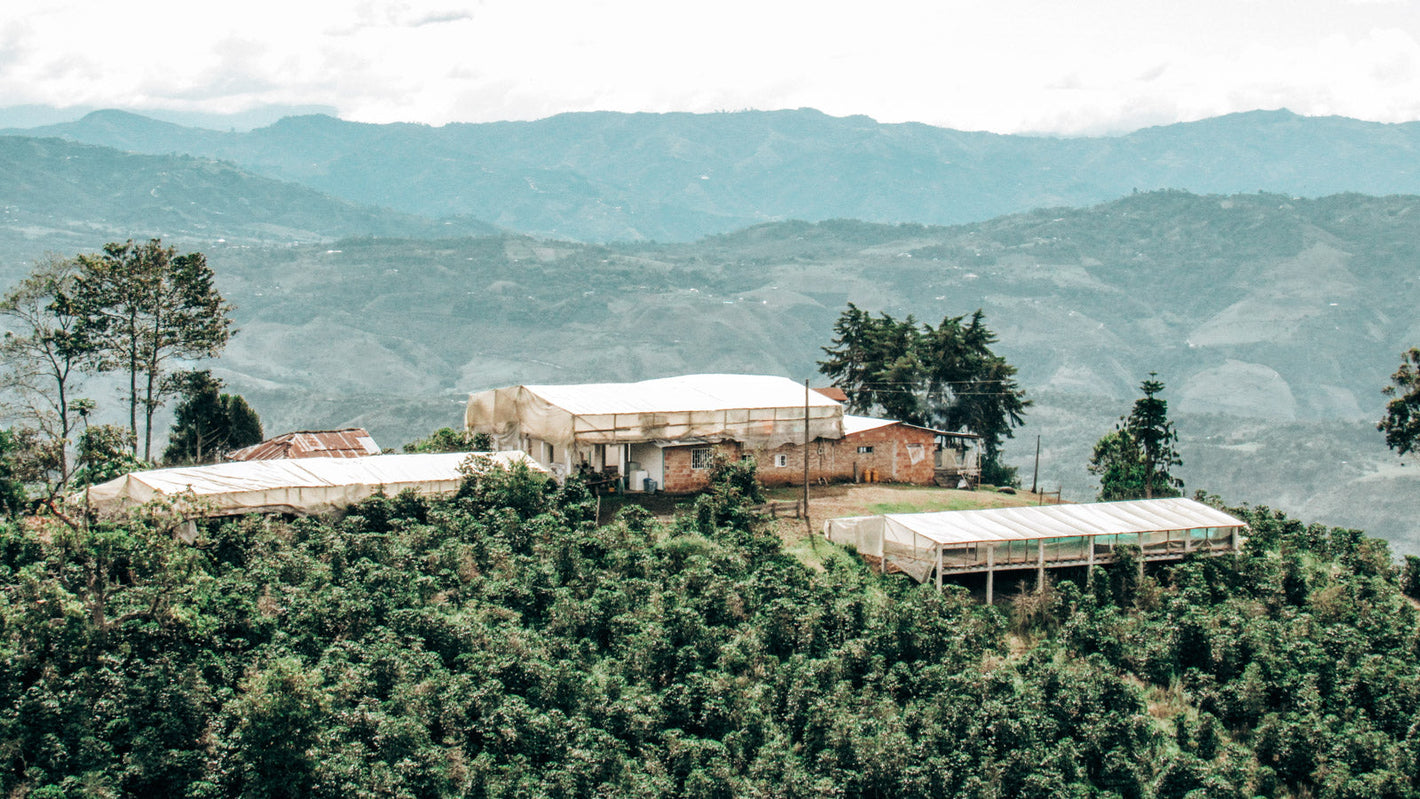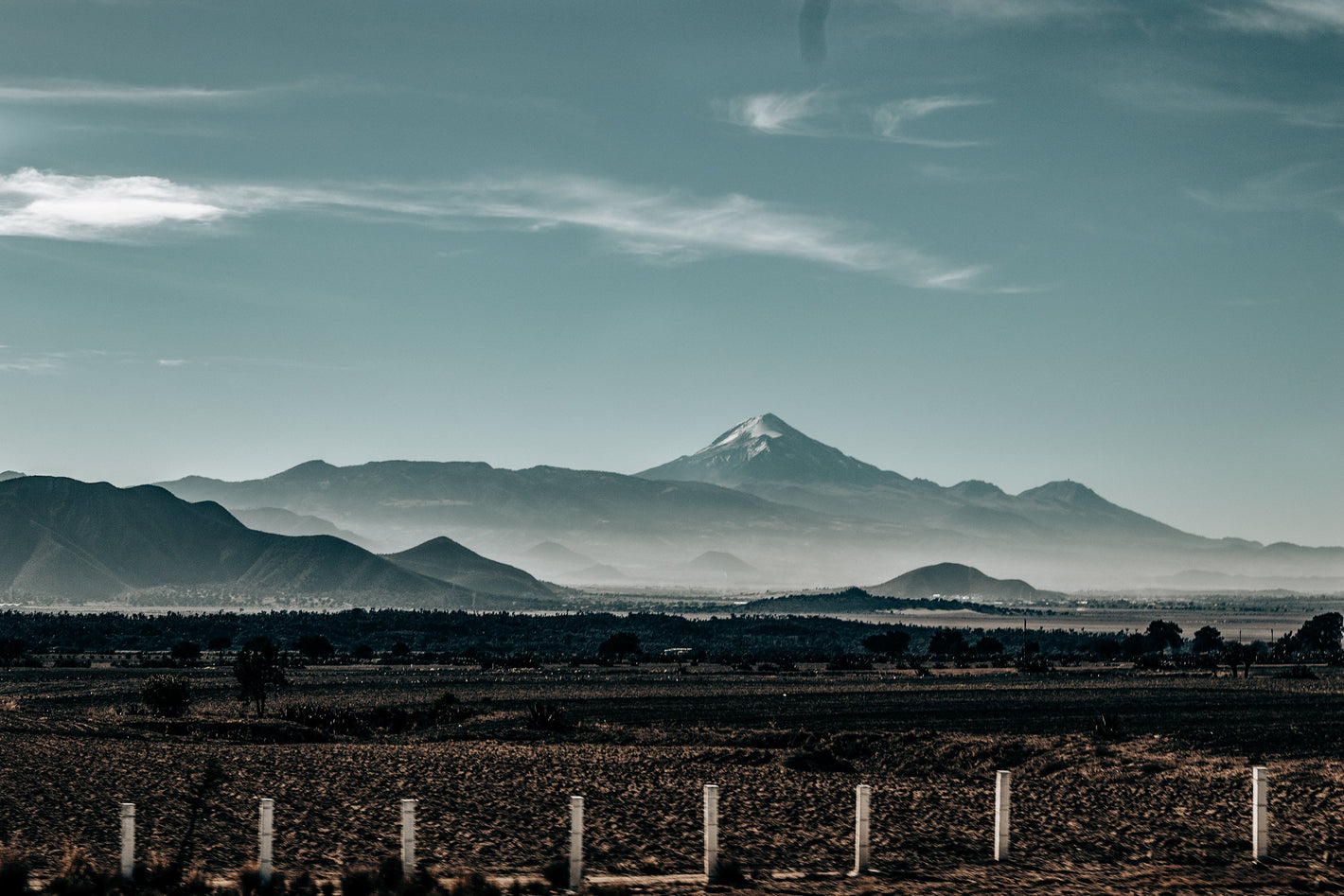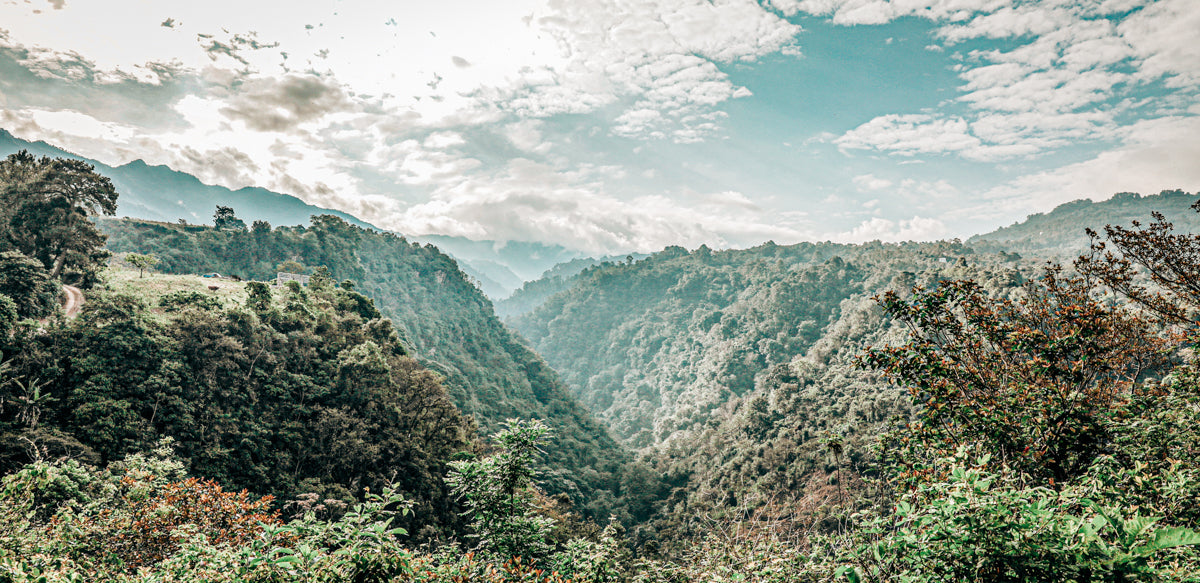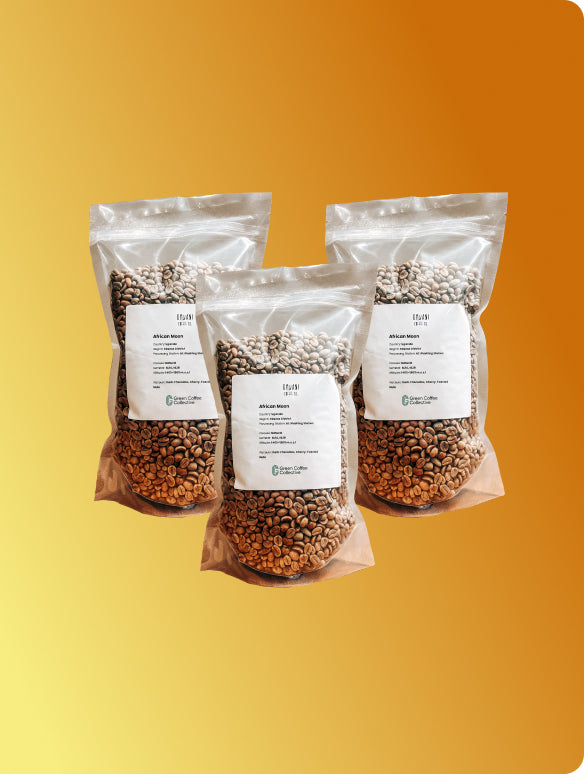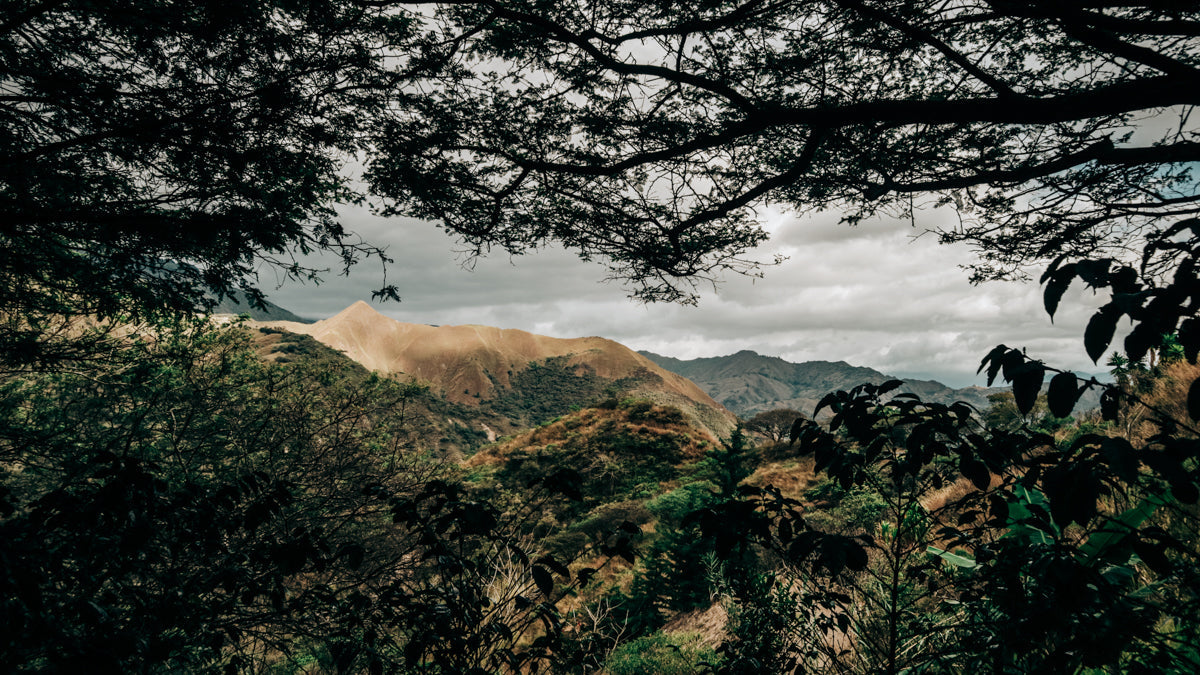
Ecuador Green Coffee Beans
Ecuadorian green coffee beans are all about quality over quantity. With a focus on specialty coffee, the country offers complex, vibrant flavours, often featuring tropical fruit, honey, and floral notes. Grown in diverse regions like the Andes, Amazon, and coast, Ecuador’s unique terroir shines in every cup. Farmers’ innovation and collaboration are paving the way for international recognition, making Ecuador an exciting choice for exceptional coffee.
-
MK03 Fulvio Salinas Field Blend Washed
Cupping Score86.0Processing methodVarietalTypica , San SalvadorMain flavour notesPanela | Milk Chocolate | Spiced | Slight FloralOut of Stock -
La Reserva Wush Wush
Cupping Score88.0Processing methodVarietalSidra , Wush WushMain flavour notesRose | Mango | Berries | PapayaOut of Stock -
Explorer - Rolling Green Bean Subscription
Processing methodVarietalMultipleMain flavour notesVaries from each coffee
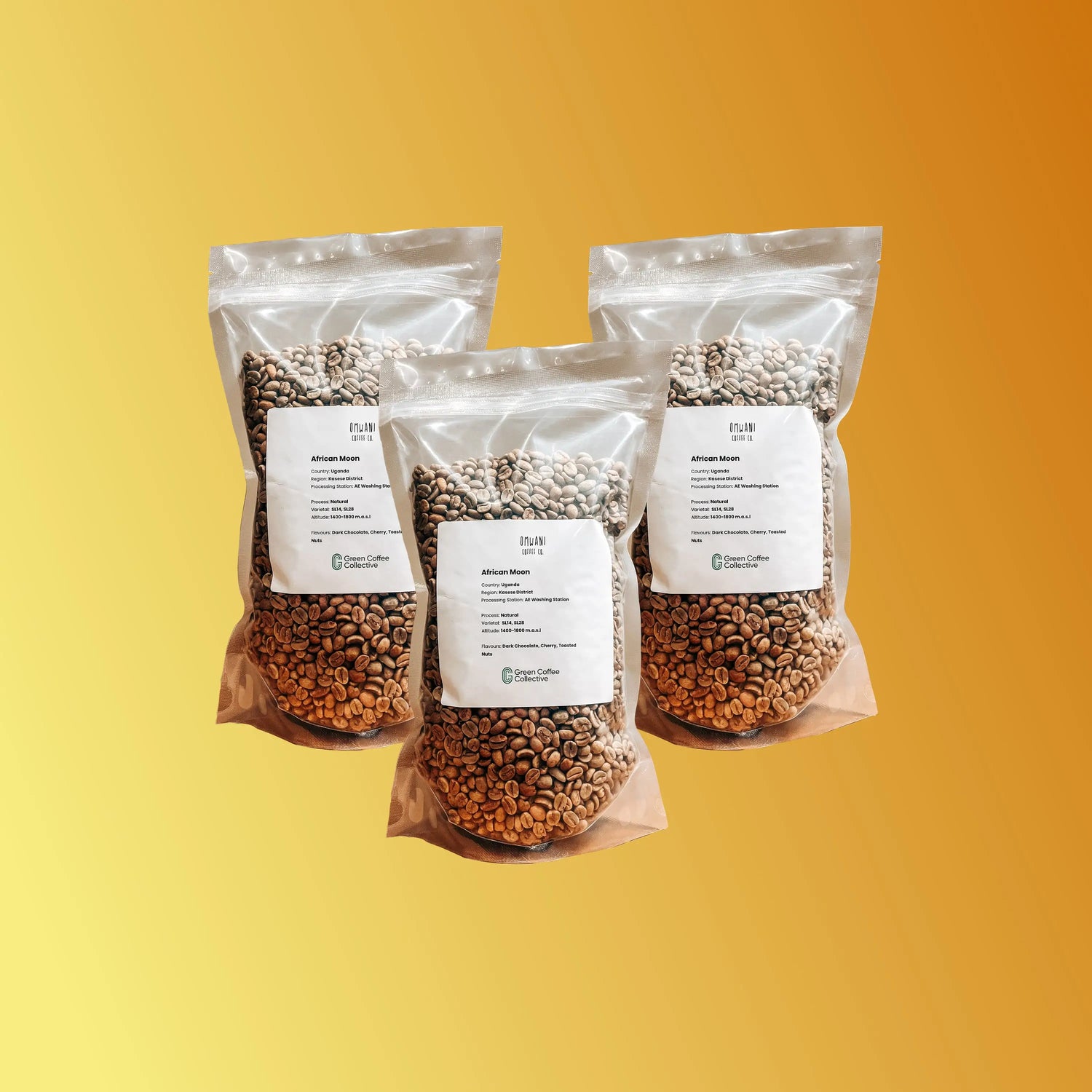
Your guide to Ecuador Green Coffee Beans
-
What Makes Ecuadorian Coffee Special?
-
What types of coffee are grown in Ecuador?
-
How do we source coffee from Ecuador?
-
Explore the Distinctive Character of Ecuador Green Coffee Beans
-
Why Ecuador Green Coffee Beans Are Famous
-
Why Roasters Love Ecuador Green Coffee Beans
-
Flavor Profile & Cupping Notes
-
Coffee-Growing Regions of Ecuador
-
Varietals & Species
-
Harvest Seasons & Availability
-
Processing Methods in Ecuador
-
Notable Varieties of Ecuador Green Coffee Beans
-
Usage & Versatility of Ecuador Green Coffee Beans
-
Best Brewing Methods for Ecuador Green Coffee Beans
-
Quality Standards for Green Coffee Beans in Ecuador
-
Sourcing & Traceability
-
Buy 100% High-Quality Ecuador Green Coffee Beans
